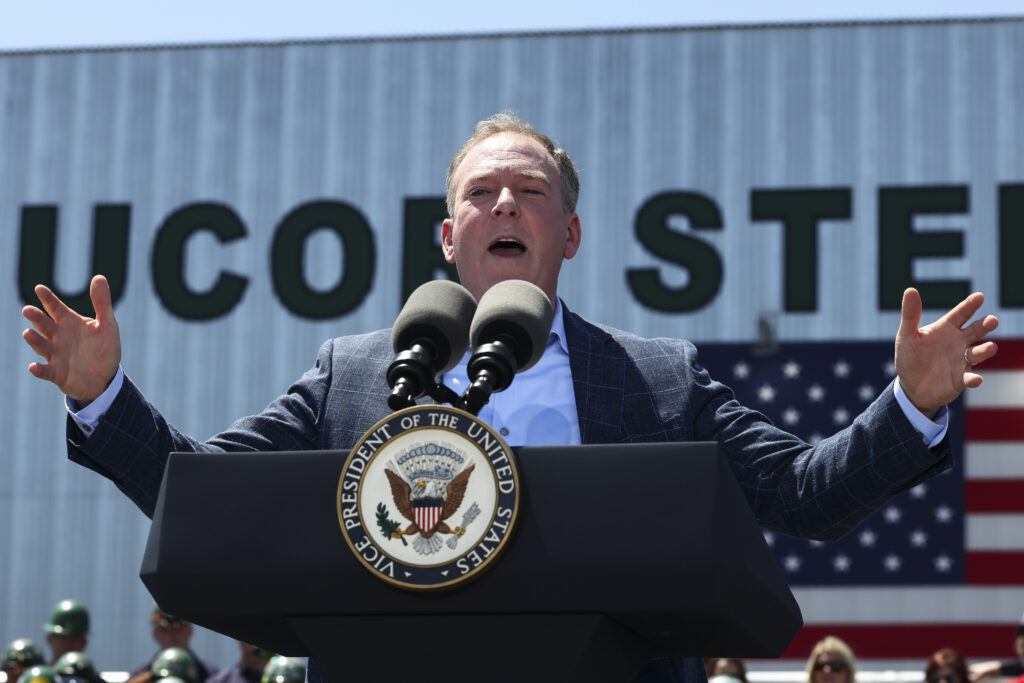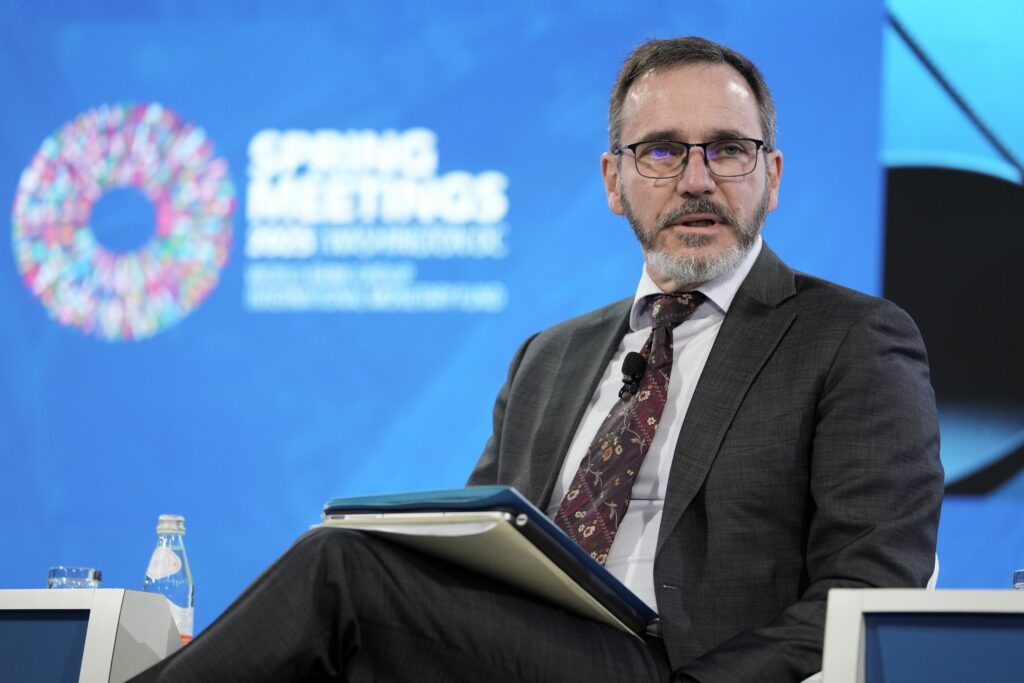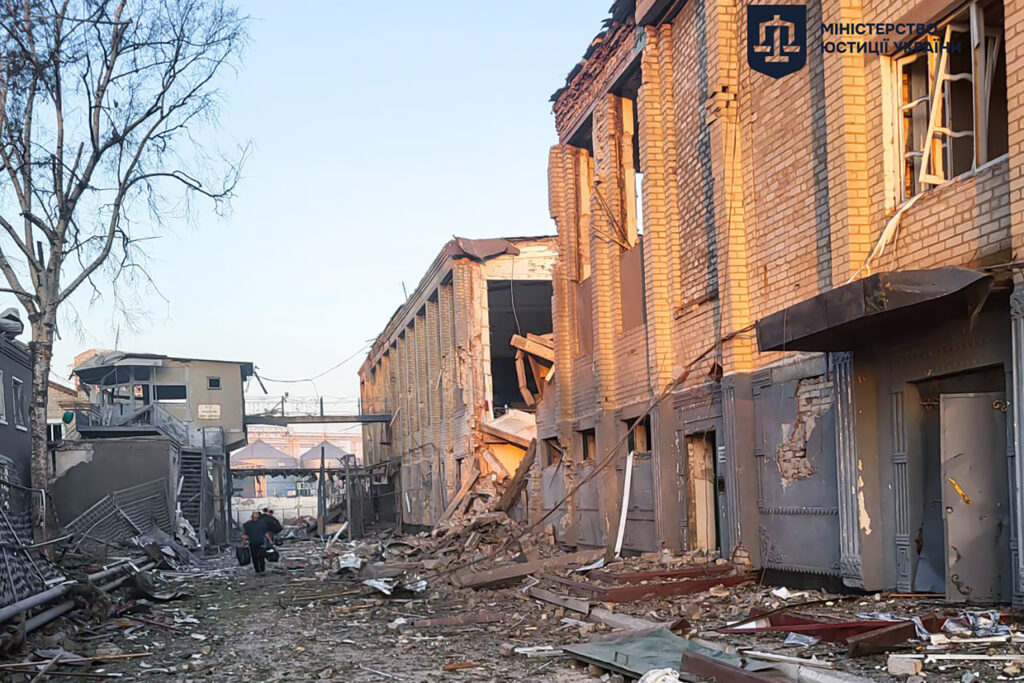P&G estimates $1 bn tariff hit, plans some US price hikes
Procter & Gamble executives projected a $1 billion hit from US tariffs over the next year on Tuesday as the consumer products giant said it would institute limited price hikes in the United States.The maker of Tide laundry detergent and Pampers diapers reported an uptick in quarterly profits following slightly higher sales, even as executives described more reticent consumer behavior compared with earlier in 2025.”The market growth in the US and Europe is slowing versus what we saw at the beginning of the year,” said Chief Financial Officer Andre Schulten, describing shoppers as “more selective” and driven by value.P&G reported profits of $3.6 billion in the quarter ending June 30, up 15 percent from the year-ago level. Revenues rose two percent to $20.9 billion.Schulten, in a conference call with analysts, said about $200 million of the estimated US tariff hit is due to products imported from China, with another $200 million from Canada. The remaining $600 million come from the rest of the world.P&G executives acknowledged that these figures could be lowered if US President Donald Trump strikes deals that lead to decreased levies from those built into estimates.But P&G executives said they don’t have enough details about the just-announced deal between the United States and Europe to update the forecast. They also pointed to the uncertainty of whether Trump administration investigations into the trading practics of other countries will result in additional tariffs.P&G plans mid-single-digit price hikes on about one-quarter of its US products, translating into about two to 2.5 percent inflation across its portfolio, Schulten said.Schulten said the move is consistent with P&G’s long-term strategy, which includes raising prices on premium items that offer better performance, such as premium detergents or electric toothbrushes.”We believe the price adjustments are adequate,” Schulten said. “They are moderate and they are combined with innovation to improve the overall value for the consumer.”P&G announced on Monday night that Jon Moeller would step down as CEO and be replaced by Chief Operating Officer Shailesh Jejurikar on January 1, 2026. Jejurikar joined the company in 1989 and was promoted to the leadership team in 2014.Moeller will transition to become P&G’s executive chairman.P&G shares were flat around midday.







